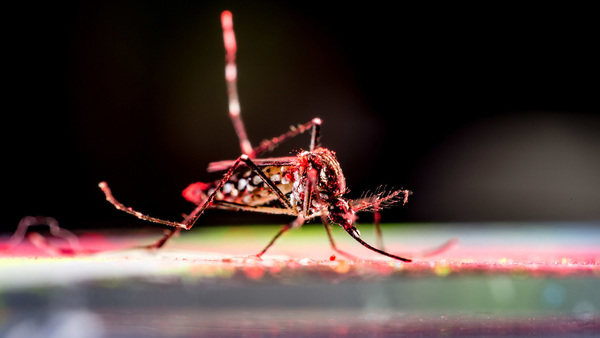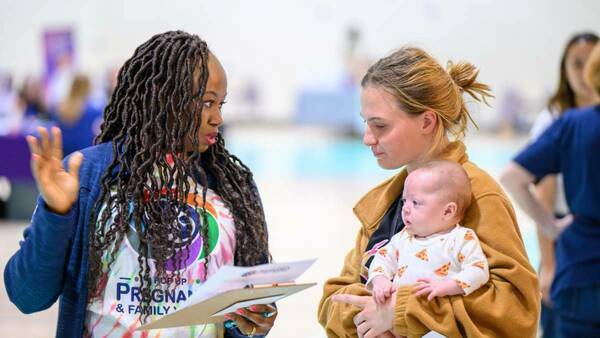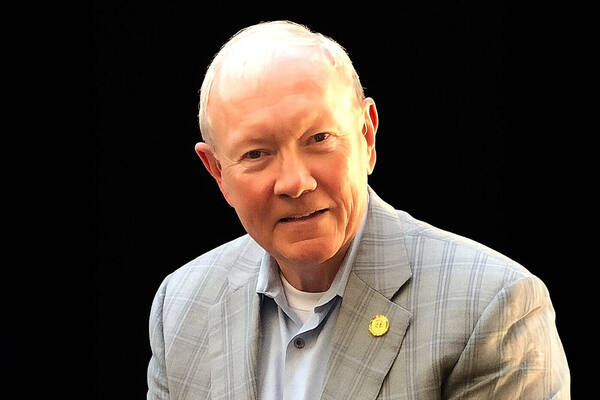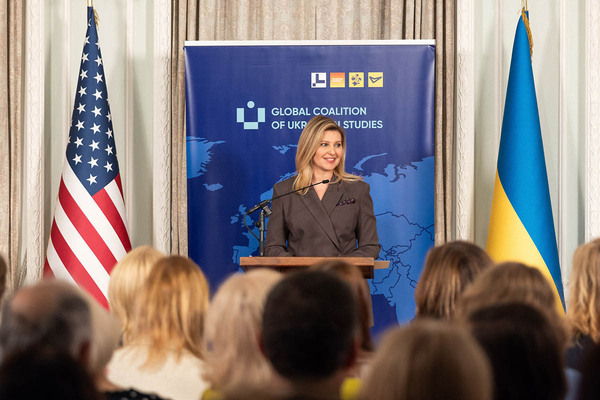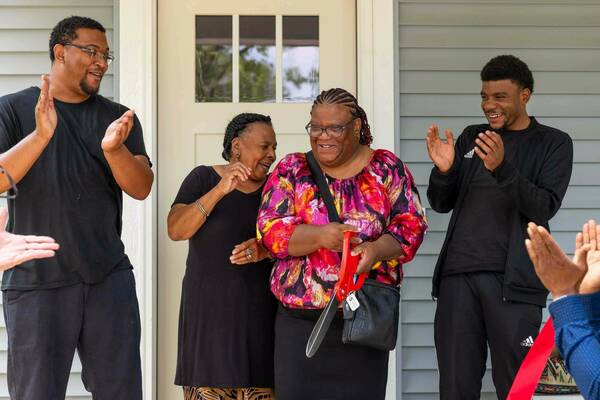Brain tumor growth patterns may help inform patient care management
As brain tumors grow, they must do one of two things: push against the brain or use finger-like extensions to invade and destroy surrounding tissue.
Previous research found tumors that push — or put mechanical force on the brain — cause more neurological dysfunction than tumors that destroy tissue. But what else can these different tactics of tumor growth tell us?
Now, the same team of researchers from the University of Notre Dame, Harvard Medical School/Massachusetts General Hospital, and Boston University has developed a technique for measuring a brain tumor’s mechanical force and a new model to estimate how much brain tissue a patient has lost. Published in Clinical Cancer Research, the study explains how these measurements may help inform patient care and be adopted into surgeons’ daily workflow.
“During brain tumor removal surgery, neurosurgeons take a slice of the tumor, put it on a slide and send it to a pathologist in real-time to confirm what type of tumor it is. Tumors that originally arise in the brain, like glioblastoma, are prescribed different treatments than tumors that metastasize to the brain from other organs like lung or breast, so these differences inform post-surgical care,” said Meenal Datta, assistant professor of aerospace and mechanical engineering at Notre Dame and co-lead author of the study.
“By adding a two-minute step to a surgeon’s procedure, we were able to distinguish between a glioblastoma tumor versus a metastatic tumor based on mechanical force alone.”
Datta and collaborators collected data from 30 patients’ preoperative MRIs and their craniotomies, which include exposing the brain and using Brainlab neuronavigation technology. This technology provides surgeons with real-time, 3D visualization during brain surgeries and is considered commonly available for neurological procedures. Neurosurgeons can use this technique to measure the bulge caused by brain swelling from the tumor’s mechanical forces before the tumor is resected.
Then this patient data was used to determine whether brain tissue was displaced by a tumor’s mechanical force or replaced by a tumor. The researchers found that when there is more mechanical force on the brain (displacement), the swelling will be more substantial. But when a tumor invades and destroys surrounding tissue (replacement), the swelling will be less significant.
The researchers created computational models based on a point system of measurements and biomechanical modeling that can be employed by doctors to measure a patient’s brain bulge, to determine the mechanical force that was being exerted by the tumor, and to determine the amount of brain tissue lost in each patient.
Funded by the National Institutes of Health, National Science Foundation and various cancer research foundations, this study is among the first to show how mechanics can distinguish between tumor types.
“Knowing the mechanical force of a tumor can be useful to a clinician because it could inform patient strategies to alleviate symptoms. Sometimes patients receive steroids to reduce brain swelling, or antipsychotic agents to counter neurological effects of tumors,” said Datta, an affiliate of Notre Dame’s Harper Cancer Research Institute. Datta recently showed that even affordable and widely used blood pressure medications can counter these effects. “We’re hoping this measurement becomes even more relevant and that it can help predict outcomes of chemotherapy and immunotherapy.”
To get a better idea of what else mechanical force could indicate, the research team used animal modeling of three different brain tumors: breast cancer metastasis to the brain, glioblastoma and childhood ependymoma.
In the breast cancer metastasis tumor, researchers used a form of chemotherapy that is known to work in reducing metastasis brain tumor size. While waiting for the tumor to respond to the chemotherapy, the team found that a reduction in mechanical force changed before the tumor size was shown to change in imaging.
“In this model, we showed that mechanical force is a more sensitive readout of chemotherapy response than tumor size,” Datta said. “Mechanics are sort of disease-agnostic in that they can matter regardless of what tumor you are looking at.”
Datta hopes that doctors employ the patient models from the study to continue to grow the field’s understanding of how mechanical force can improve patient care management.
In addition to Datta, co-lead authors include Hadi T. Nia at Boston University, Ashwin S. Kumar at Massachusetts General Hospital and Harvard Medical School, and Saeed Siri at Notre Dame. Other collaborators include Gino B. Ferraro, Sampurna Chatterjee, Jeffrey M. McHugh, Patrick R. Ng, Timothy R. West, Otto Rapalino, Bryan D. Choi, Brian V. Nahed, Lance L. Munn and Rakesh K. Jain, all at Massachusetts General Hospital and Harvard Medical School.
Datta is also affiliated with Notre Dame’s Eck Institute for Global Health, the Berthiaume Institute for Precision Health, NDnano, the Warren Center for Drug Discovery, the Lucy Family Institute for Data & Society and the Boler-Parseghian Center for Rare Diseases. She is also a concurrent faculty member in the Department of Chemical and Biomolecular Engineering and a faculty adviser for Notre Dame’s graduate programs in bioengineering and materials science and engineering.
Contact: Brandi Wampler, associate director of media relations, 574-631-2632, brandiwampler@nd.edu
Latest ND NewsWire
- Researchers deconstruct chikungunya outbreaks to improve prediction and vaccine developmentThe symptoms come on quickly — acute fever, followed by debilitating joint pain that can last for months. Though rarely fatal, the chikungunya virus, a mosquito-borne illness, can be particularly severe for high-risk individuals, including newborns and older adults. While the virus is common…
- Eck Institute investigator to strengthen postpartum care for Indiana mothersYenupini Joyce Adams, associate professor of the practice and maternal health lead for the Eck Institute for Global Health at the University of Notre Dame, is partnering with Beacon Health System to pilot a new, first-of-its-kind postpartum care model in the South Bend-Elkhart community.
- Gen. Martin Dempsey to speak at Notre Dame Forum event on ‘Hope, Global Stability and the Role of the United States’Gen. Martin Dempsey, the retired 18th chairman of the Joint Chiefs of Staff, will join University President Rev. Robert A. Dowd, C.S.C., for a fireside chat at 4 p.m. Friday (Oct. 10), as part of the 2025-26 Notre Dame Forum. The discussion, titled “Hope, Global Stability and the Role of the United States,” is part of the exploration of this year’s Notre Dame Forum theme, “Cultivating Hope.” It will take place in Rooms 215/216 of McKenna Hall and will also be livestreamed. The event is free and open to the public.
- University of Notre Dame joins the Global Coalition of Ukrainian StudiesThe University of Notre Dame has joined the Global Coalition of Ukrainian Studies after signing a memorandum of cooperation, formalized Sept. 24, at the Ukrainian Institute of America in New York City. Notre Dame joined four other American institutions that were also publicly welcomed to the coalition at this event: Arizona State University, Columbia University, Manor College and the Shevchenko Scientific Society.
- One year later, Inauguration Build a ‘dream come true’ for Habitat familiesOne year later, work on Inauguration Build 2024 is complete, offering shelter and so much more to five local families.
- Alumni Association and YoungND honor 2025 Domer DozenThe Notre Dame Alumni Association announced its 2025 Domer Dozen cohort, honoring 12 graduates ages 32 and younger for excellence in their contributions in learning, service, faith and work — the core pillars of the association’s mission.








